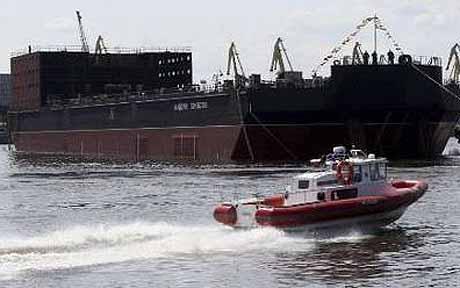FYI.
– ‘Game Changer’: Former Prime Ministers team up to win Tokyo election and end nuclear power — “Our nation’s survival is at stake” — “Could have biggest influence ever on national politics” (ENENews, Jan 14, 2014):
Kyodo, Jan. 14, 2014: Former Prime Minister Morihiro Hosokawa said Tuesday he will run in the upcoming Tokyo gubernatorial election with an antinuclear agenda after securing the backing of popular former Prime Minister Junichiro Koizumi […] The move […] could have game-changing impact on the race for the helm of the Japanese capital […] “I have made my decision to run in the Tokyo governor election,” Hosokawa told reporters after meeting Koizumi. “I have a sense of crisis myself that the country’s various problems, especially nuclear power plants, are matters of survival for the country.” […] Koizumi indicated the main focus of the election will be whether to pursue nuclear power or not, calling the election “a war between the group that says Japan can grow with zero nuclear power plants” and the group that says it cannot. […]

